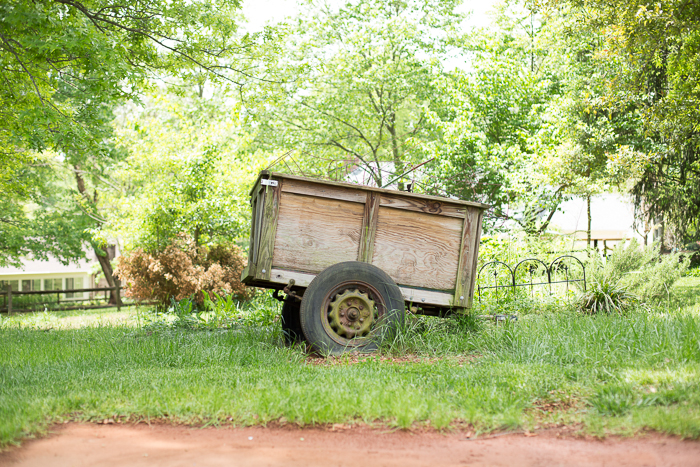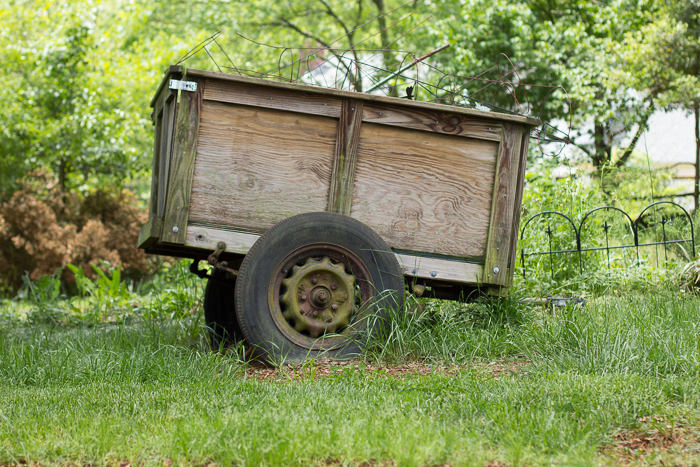14
2013Lenses: Differences on a Full Frame and Crop Sensor Body {Beginner Photography Class}
This is a quick aside lesson that I didn’t plan for! As I started the focal length post on camera’s I realized that describing focal lengths is difficult because they’re affected by the size of your sensor. I’m used to describing things as if I were shooting full frame 35mm film so in next weeks post on focal lengths, I will be describing lenses that way.
The problem is all of us actively participating in this class (except for Amanda-lucky duck!) shoot on a crop sensor. So I’ll also include a sentence or two in parenthesis describing the difference on a crop sensor for those focal lengths most affected by a crop sensor in the following post. But for now, let me tell you the difference between crop and full frame sensors.
What is a Full Frame Sensor?
A full frame sensor is the same size as a 35mm piece of film.
If you’re a beginning photographer taking or observing this class, you most likely do not have a full frame camera. Full frame camera bodies (without a lens) cost upwards of $2300 (you might find a used one hovering around $1800). I do not own a full frame camera nor will I own one when my camera body upgrade arrives.
What is a Crop Sensor?
If a full frame sensor is the same size as a 35mm piece of film, then it follows that a crop sensor is ‘cropped’ or smaller than a 35mm piece of film.
At first this doesn’t seem like a big deal. Sure it’s a smaller sensor, so obviously the picture quality is not as great, but that doesn’t seem like a huge trade-off in regard to camera price.
The big deal is because lenses are built for a 35mm sensor/film the focal length plane has changed. So not only is the sensor sized cropped, but the actual image taken is cropped as well. A lot of this depends on a the ratio of the sensor size to a full frame sensor, but I’m not going to get that technical. The following is the short story.
Shooting with a Crop Sensor ‘Zooms’ the lens Focal Length
On average a crop sensor zooms or crops your frame around 15-25mm. This makes your focal length act as if it were 20-30mm longer than what the lens is labeled.
For instance, on a full frame camera a 50mm focal length lens is considered closest to what the human eye sees. 50mm is referred to as a normal lens for this reason. This is an image of taken by a 50mm on a full frame camera.
This is the same image from the same spot taken on a crop sensor also with a 50mm lens. The crop sensor appears to make the lens zoom in when in reality it’s just the smaller sensor size creating that affect.
Essentially, on a crop sensor a 50mm lens becomes a 75mm lens. So on a crop sensor, a “normal” lens is actually either a 30mm or a 35mm to account for how the crop sensor zooms in that 15-25mm.
Is that clear?
I know crop versus full frame sensor is an extremely ‘advanced’ concept in the photography world. But I totally felt that if I didn’t explain the difference before the focal length lesson that things would get confusing for all of us.
I may have confused you more… but what you really need to know is that when I describe a lens in the next post that you’ll need to mentally add 15-25mm to that lens to see what the effect will be on your crop sensor. So an ultra wide lens (as you’ll learn next week) will likely only be a wide angle lens on your crop sensor.
I also want you to hear now that some lenses will not work on a full frame sensor. They’re built for a crop sensor and will only work for a crop sensor. So if you have an inkling that one day you might like to work on a full frame sensor, then invest in lenses that work on both crop and full frame sensors.
***Much Thanks to Amanda for taking these quick snaps on her crop and full frame cameras so that you could visualize the difference!. 🙂




A Free Beginner Photography Class @ Beautiful Newborn and Lifestyle Portraits by Quiet Graces PhotographyBeautiful Newborn and Lifestyle Portraits by Quiet Graces Photography
[…] Lenses: Differences on a Full Frame and Crop Sensor Body […]